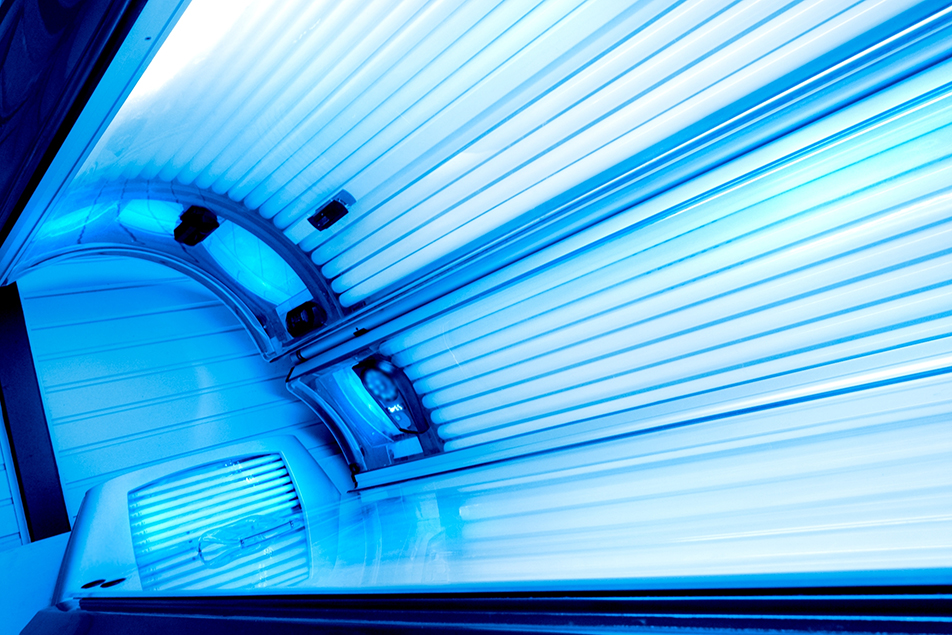
The American Academy of Dermatology reports that 35% of American adults, 59% of college students, and 17 % of teens have used a tanning bed in their lifetime. Approximately 7.8 million adult women and 1.9 million adult men in the United States tan indoors. While some believe the practice is safe in moderation, Dara Spearman, MD, PPG - Dermatology, offers six convincing arguments that might change your mind.
Argument No. 1 – Tanning beds are not safer than the sun.
Just one indoor tanning session can increase the risk of developing skin cancer (melanoma by 20%, squamous cell carcinoma by 67% and basal cell carcinoma by 29%). Women who tan indoors before they are 30 are six times more likely to get melanoma, which is a deadly form of skin cancer. Additionally, the evidence that indoor tanning dramatically increases your risk of getting skin cancer is so strong that the U.S. Food and Drug Administration (FDA) requires warning labels on all indoor tanning equipment.
Argument No. 2 – All tanning makes skin age faster.
Tanning, indoors or with the sun, makes your skin age more quickly. Tanning beds mostly have UVA bulbs, which have a higher risk of causing skin damage, wrinkling and cancer. Also, wrinkles, age spots, and loss of skin firmness tend to appear years earlier in people who tan.
Argument No. 3 – Getting a base tan before vacation may not prevent sunburn.
Many believe that a base tan will prevent sunburn, but that notion is false. The body’s tanning response is your skin’s way of protecting itself, but a base tan doesn’t prevent damage to the skin. Every time you tan or burn, you harm the DNA within your skin. The more this happens, the greater your risk of developing skin cancer.
Argument No. 4 – Mood-boosting benefits are possible without a tanning bed or UV ray exposure.
Tanning beds are not an effective way to treat seasonal affective disorder (SAD). They are dangerous, cause skin damage and will only provide temporary relief. However, there are alternative light therapies that have mood-boosting benefits and won’t damage the skin. But, light therapy is only effective when you have the proper combination of light intensity, duration and timing. You will want to choose a lightbox that emits as little UV light as possible. A typical recommendation is to use a 10,000-lux light box at a distance of about 16-24 inches from your face for only 20 minutes a day. Before beginning light therapy, please speak with your primary care provider or mental health professional.
Argument No. 5 – Quitting (or never starting) indoor tanning can help you live longer.
By choosing not to tan, you reduce your risk of getting many types of skin cancer, including melanoma. The Centers for Disease Control and Prevention estimates that if no one younger than 18 years of age ever used a tanning bed, we could prevent about 61,839 melanoma cases and 6,735 deaths. Remember, prevention is vital. It’s never too late to start protecting your skin from the sun and UV rays.